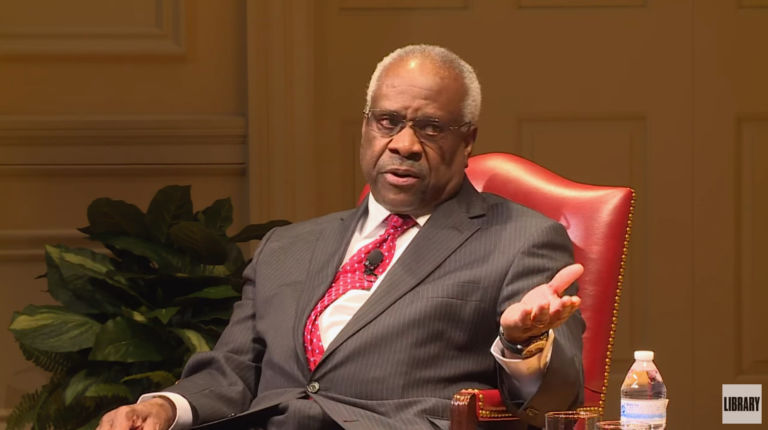Veteran Greensboro News & Record reporter Taft Wireback does a very thorough job explaining Stanford Law Professor and appointed “special master” Nathaniel Persily’s draft of court-ordered redrawn General Assembly districts. Read it yourself, but be prepared to exercise your brain. Rhino Times editor John Hammer’s analysis is more succinct and gets to the heart of the issue:
What the courts have found wrong with the North Carolina districts is that some districts have more black voters than they need. What the courts won’t tell North Carolina is what the magic number is that is just enough black voters but not too many. If the courts would release the magic number, that would do away with a lot of lawsuits; but it also wouldn’t allow the courts to redraw districts the way the federal judges want them drawn. However, it seems like if what federal judges really want to do is draw legislative districts they should run for the legislature.
Problem is moving districts around is an “organic” process, if you will—shifting a district here results in shifting a district there. That’s the case with Democrat Rep. Amos Quick, who–for the time being–finds himself in the same district with Republican Jon Hardister, who “likely would be a prohibitive favorite for re-election,” as the N&R writes. Quick’s district was initially ruled unconstitutional after the 2011 redistricting, but was deemed acceptable by the first court-ordered fix. Problem is, Persilly’s district shift moved Quick from his original District 58 to Hardister’s District 59.
Other highlights–Republican Rep. John Blust and Democrat Rep. Pricey Harrison were “double-bunked” in House District 61, as were Republican Sen. Trudy Wade and Democrat Sen. Gladys Robinson in Senate District 27.
My gut reaction is should Persily’s map stand–mind you this is the first draft– the double-bunking will give Guilford County voters a clear choice in these districts, thus stimulating considerable interest in an off-year legislative race. Who could be against that?


